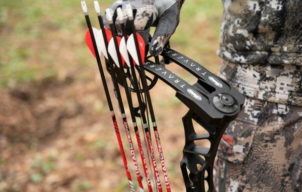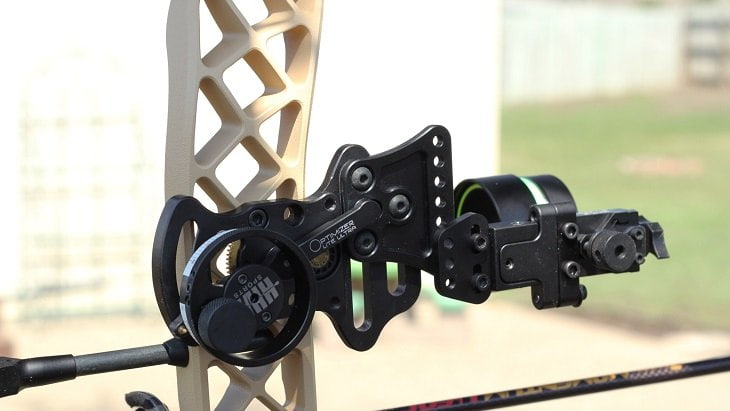7 Main Parts of a Bow
Photo: Stock Photo
A bow is essential in several activities, including hunting, target shooting, and competitive archery. For you to use it effectively, you require basic knowledge of its anatomy. This article provides great insight into the parts of a bow and their specific functions.
Parts of a Bow
1. Riser
The riser is essential because it’s the site onto which the upper and lower limbs of the bow are attached. Strong enough to hold the limbs in place and is often made from material such as wood or composite, which is non-elastic.
Apart from that, it has other important features like the arrow rest in the mid-point, the grip to the bottom, and a sight window on top. These features complement the bow by enhancing the archer’s accuracy.
2. Sight Window
The sight window is a component of the riser. It’s a cut-out above the arrow rest through which an archer looks, in order to aim the bow and direct the arrow appropriately.
Most bows have one sight window on but some have two on either side of the riser and this allows for more versatility in use because both left-handed and right-handed archers can use the bow.
For an enhanced experience, some archers attach sights to the riser. This ensures more precision in hunting or sports because the visibility of the target is significantly improved.
3. The Arrow Rest
The arrow rest is the part that acts as placement the arrow and is sometimes called a shelf. It is located inside the sight window and it allows for the release of the arrow during firing. It also guides the direction of the arrow shaft in action, increasing precision.
Some bows do not have it and one must therefore purchase and attach it as a separate piece.
4. Grip
The bow grip is part of the riser that is located towards the bottom. The grip made in an ergonomic design that allows you to have a firm grip on the bow. This further enhances your comfort and precision because it’s made in a manner that prevents the palm from slipping.
An archer must ensure they feel the grip before making a purchase to ensure it’s the right size. A small grip may not be comfortable to hold while a bigger one may be hard to grasp and your hand might slip during firing.
5. Limbs
A bow has two sturdy limbs made from either composite, wood, or metal. They are also typically laminated using fiberglass to enhance their sturdiness and durability.
The limbs attach to the riser. They must be attached to it correctly and should not be interchanged under any circumstances for the sake of their proper functioning.
Some limbs are fixed and do not curve when the bowstring is pulled/drawn. A bow with such limbs is called a longbow. However, there are some bows with recurve limbs that bend backward with the drawing of the bowstring.
When the string is released, the limbs snap forward, resulting in higher arrow velocity. This is especially advantageous in competitive archery. This type is called a recurve bow and it may come with removable or takedown limbs which allows for more versatility.
6. String Nock
There are two string nocks, one on either tip of the bow limbs. The nocks are grooves and area the sites where the bowstring loops around and attaches. They are carved into the limbs as a shallow groove, to avoid compromising the sturdiness of the limbs.
7. Bow String
A bowstring attaches to the two limbs through the string nocks. It comprises of two main parts: the two nocking point and the center serving point.
The bow string is on many occasions, coated with silicone wax to keep it in good working condition by preventing damage from environmental elements such as water or extreme humidity.
The nocking point is attached to the center serving point and you can locate it directly opposite the arrow rest. This point is easily identifiable because of the material used in its making, such as brass. The arrow is supposed to be attached below it.
The center serving point is the part you grasp with your hand as you draw the arrow. The string around this point is wrapped around to make it thicker and more durable in order to adequately support the nocking point.
Conclusion
In conclusion, there are two types of bows: the longbow with fixed limbs and the recurve bow which is more flexible, allowing for an increase in the firing speed and whose limbs are removable and easily replaced.
Knowledge of the basic parts of a bow is paramount to your success in the usage of the bow either in hunting or in competitions. The bow comprises of the riser, onto which the limbs attach, and a string that provides a surface for the attachment of the arrow before firing.

